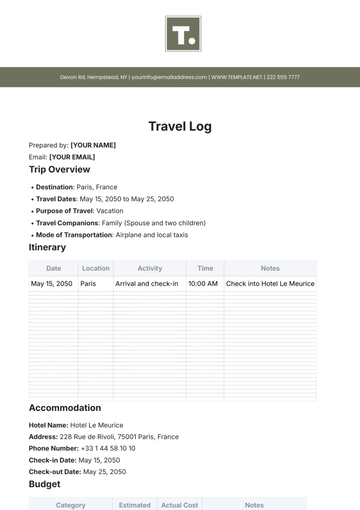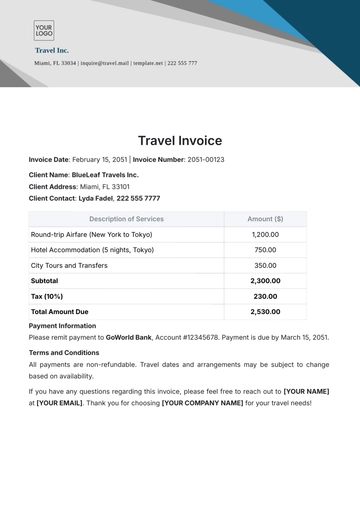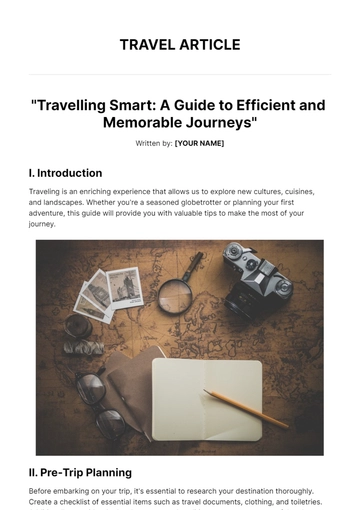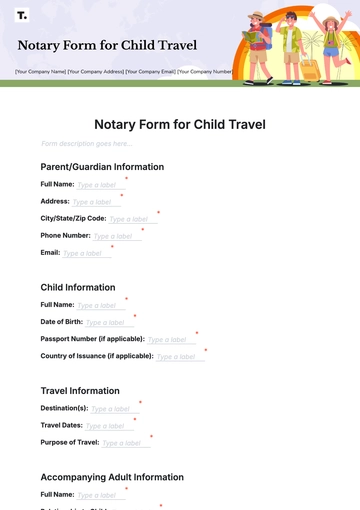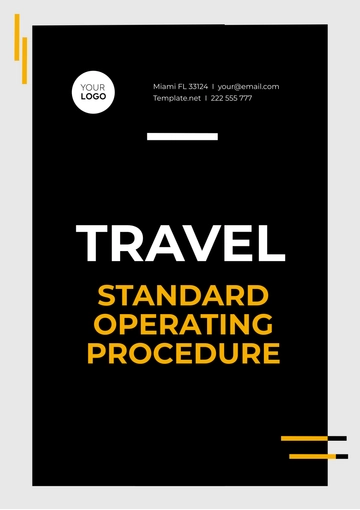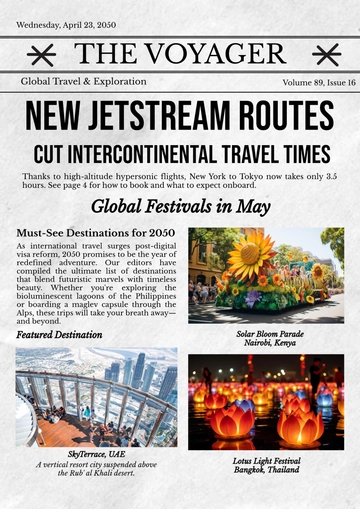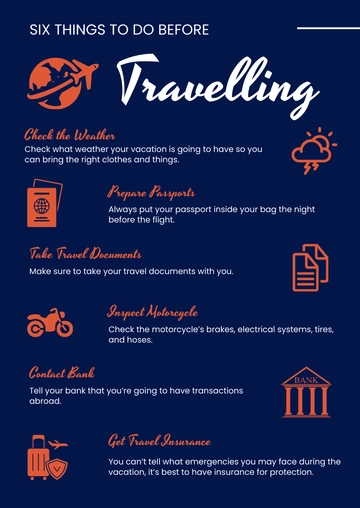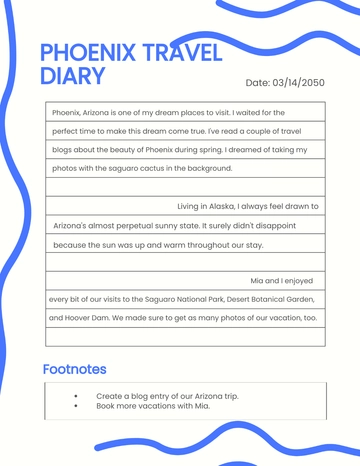Free Car Rental Tire Maintenance Guide
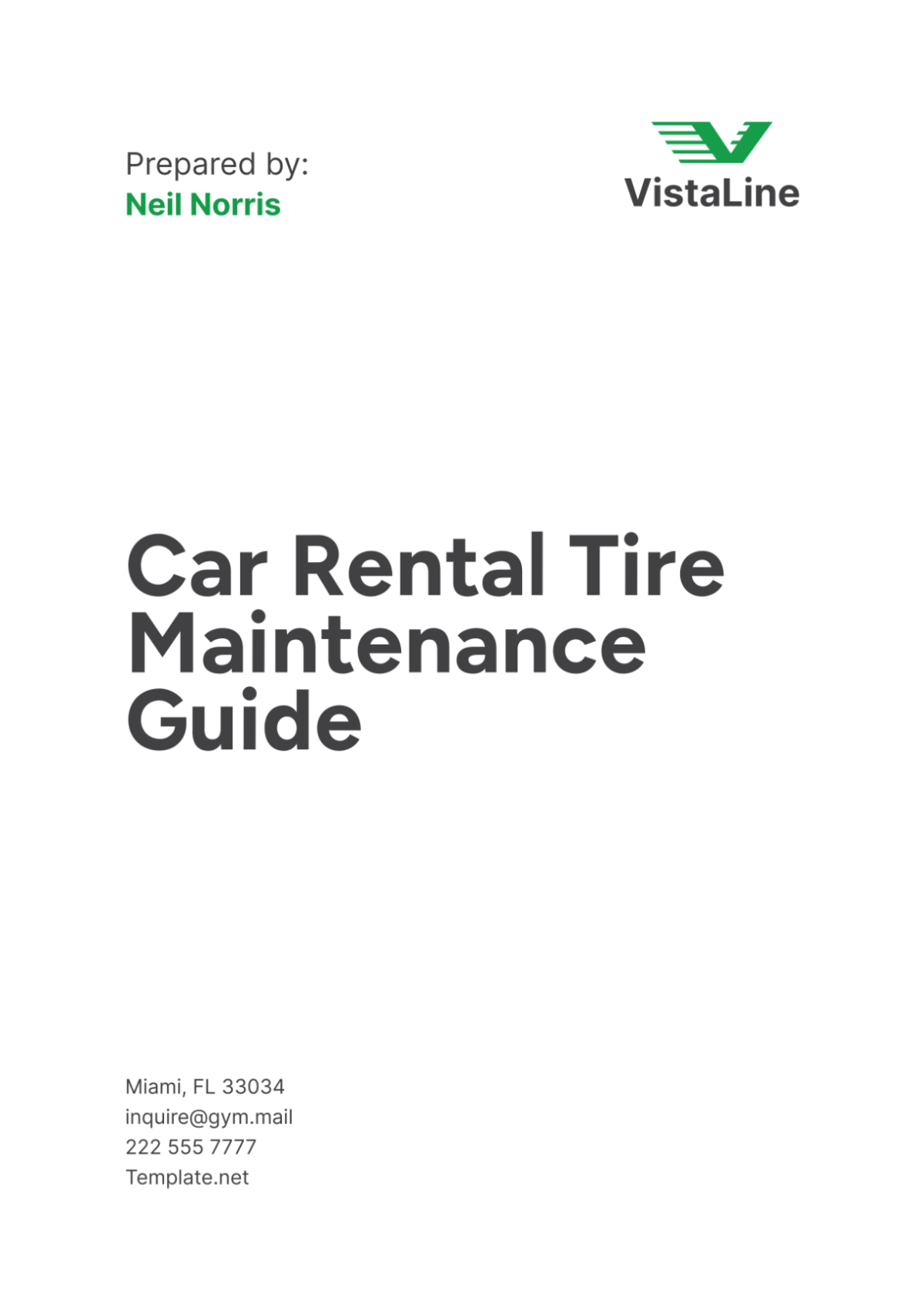
I. Introduction
A. Importance of Tire Maintenance
Tire maintenance is an essential aspect of vehicle upkeep that significantly affects the safety and performance of rental vehicles. Well-maintained tires ensure optimal traction, handling, and braking performance, which are critical for the safety of our customers. Additionally, proper tire maintenance helps extend the lifespan of tires, reducing the frequency of replacements and thereby lowering operational costs. By maintaining tires in excellent condition, [Your Company Name] enhances customer satisfaction and reinforces its reputation for reliability and safety.
B. Objectives of the Guide
The primary objective of this guide is to provide comprehensive, step-by-step instructions for maintaining the tires of the vehicles in our rental fleet. This guide covers all aspects of tire maintenance, including inspection, rotation, balancing, alignment, repair, and replacement. It also emphasizes the importance of safety precautions and proper documentation. By following this guide, our maintenance team will be equipped to perform thorough tire maintenance, ensuring the safety and efficiency of our rental vehicles.
II. Preparation
A. Tools and Equipment
Effective tire maintenance requires a specific set of tools and equipment. The following items are essential for conducting thorough tire inspections and maintenance procedures:
Tire Pressure Gauge: A device used to measure the air pressure within the tires accurately. Maintaining the correct tire pressure is crucial for safe driving and tire longevity.
Tread Depth Gauge: A tool used to measure the depth of the tire tread. Adequate tread depth is essential for maintaining proper traction and preventing hydroplaning on wet surfaces.
Jack and Jack Stands: Equipment used to lift the vehicle off the ground and securely hold it in place during tire maintenance procedures.
Tire Inflator: A device used to add air to the tires, ensuring they are inflated to the recommended pressure levels.
Tire Rotation Tools: Tools such as lug wrenches and impact wrenches used to remove and reinstall tires during the rotation process.
Safety Gear: Personal protective equipment (PPE) including gloves, safety glasses, and work boots to protect the maintenance personnel from injuries.
B. Safety Precautions
Safety is paramount during tire maintenance procedures. Adhering to the following safety precautions will help prevent accidents and injuries:
Personal Protective Equipment (PPE): Maintenance personnel should wear appropriate PPE, including gloves to protect hands from sharp objects, safety glasses to shield eyes from debris, and work boots to protect feet from heavy objects.
Proper Lifting Techniques: When lifting heavy tires or using a jack to lift the vehicle, personnel should use proper lifting techniques to avoid back injuries. Always lift with the legs, not the back, and ensure the vehicle is on a flat, stable surface before jacking it up.
Fire Safety Measures: Keep a fire extinguisher nearby when working with tires, especially during procedures that involve inflating tires. Ensure the work area is free from flammable materials.
III. Tire Inspection
A. Visual Inspection
Regular visual inspections are the first step in tire maintenance. These inspections help identify visible damage and wear that could compromise tire performance and safety.
Checking for Visible Damage: Inspect each tire for cuts, cracks, bulges, punctures, and embedded objects such as nails or glass. Any visible damage should be addressed immediately to prevent tire failure.
Inspecting Tire Sidewalls: Examine the sidewalls for signs of damage or wear. Sidewall damage can weaken the structural integrity of the tire and may require replacement.
Examining Tire Treads: Look for uneven tread wear patterns, which can indicate alignment or suspension issues. Ensure that the tread wear is even across the entire width of the tire.
B. Tread Depth Measurement
Tread depth is a critical factor in tire performance, especially in wet conditions. Adequate tread depth ensures proper traction and reduces the risk of hydroplaning.
Using a Tread Depth Gauge: Insert the tread depth gauge into the grooves of the tire tread to measure the depth. Take measurements at multiple points around the tire to ensure consistent tread wear.
Interpreting Tread Depth Results: Compare the measurements to the manufacturer's recommended tread depth levels. Tires with tread depths below the minimum requirement should be replaced.
Minimum Tread Depth Requirements: The minimum tread depth for most passenger vehicles is 2/32 of an inch. For optimal safety, replace tires when the tread depth reaches 4/32 of an inch.
C. Tire Pressure Check
Maintaining the correct tire pressure is essential for vehicle safety, performance, and fuel efficiency.
Recommended Tire Pressure Levels: Refer to the vehicle's owner manual or the tire placard located on the driver's side door jamb for the recommended tire pressure levels.
Using a Tire Pressure Gauge: Remove the valve cap and press the tire pressure gauge onto the valve stem to obtain a pressure reading. Compare the reading to the recommended pressure levels.
Adjusting Tire Pressure: If the tire pressure is too low, use a tire inflator to add air until it reaches the recommended level. If the pressure is too high, release air by pressing the valve stem with a small tool.
IV. Tire Rotation
A. Importance of Tire Rotation
Regular tire rotation is crucial for ensuring even tire wear and extending the lifespan of the tires. By rotating the tires, you distribute the wear more evenly across all four tires, improving performance and safety.
Even Tire Wear: Tires wear at different rates depending on their position on the vehicle. Rotating the tires ensures that all tires wear evenly, preventing premature wear on any single tire.
Extended Tire Life: Evenly worn tires last longer, reducing the frequency of tire replacements and saving costs.
B. Tire Rotation Patterns
Different types of vehicles require specific tire rotation patterns to ensure even tire wear.
Front-Wheel Drive Vehicles: For front-wheel-drive vehicles, the recommended rotation pattern involves moving the front tires to the rear and crossing them (left front to right rear and right front to left rear). The rear tires move straight to the front.
Rear-Wheel Drive Vehicles: For rear-wheel-drive vehicles, move the rear tires to the front and cross them (left rear to right front and right rear to left front). The front tires move straight to the rear.
All-Wheel Drive Vehicles: For all-wheel-drive vehicles, use the X-pattern, where all four tires are crossed (left front to right rear, right front to left rear, left rear to right front, and right rear to left front).
C. Step-by-Step Tire Rotation Process
Lifting the Vehicle: Use a jack to lift the vehicle off the ground. Place jack stands under the vehicle to ensure stability and safety while working.
Removing and Rotating Tires: Use a lug wrench to remove the lug nuts and take off the tires. Follow the appropriate rotation pattern based on the vehicle's drive type.
Reinstalling and Securing Tires: Reinstall the tires in their new positions. Hand-tighten the lug nuts, then lower the vehicle to the ground and use a torque wrench to tighten the lug nuts to the manufacturer's recommended torque specification.
V. Tire Balancing
A. Importance of Tire Balancing
Tire balancing is essential for a smooth ride and even tire wear. Unbalanced tires can cause vibrations, uneven wear, and damage to the vehicle's suspension and steering components.
Smooth Ride: Balanced tires ensure a smooth and comfortable ride by eliminating vibrations caused by uneven tire weight distribution.
Even Tire Wear: Properly balanced tires wear evenly, extending their lifespan and improving vehicle performance.
B. Types of Tire Balancing
There are two primary types of tire balancing: static balancing and dynamic balancing.
Static Balancing: Static balancing involves placing a single weight on the tire to balance it vertically. It corrects vertical imbalances but does not address lateral imbalances.
Dynamic Balancing: Dynamic balancing involves placing weights on both sides of the tire to balance it horizontally and vertically. It corrects both vertical and lateral imbalances, providing a more comprehensive balance.
C. Balancing Process
Removing the Tire: Use a jack to lift the vehicle and remove the tire using a lug wrench.
Using a Balancing Machine: Place the tire on a balancing machine, which spins the tire and identifies any imbalances. The machine indicates where to place balancing weights to achieve proper balance.
Installing Balancing Weights: Attach the recommended balancing weights to the tire at the indicated locations. Reinstall the tire on the vehicle and check for any remaining imbalances.
VI. Tire Alignment
A. Importance of Proper Alignment
Proper tire alignment ensures that the tires are correctly positioned relative to the vehicle's suspension and steering components. Misalignment can cause uneven tire wear, poor handling, and increased fuel consumption.
Improved Handling: Proper alignment ensures that the vehicle handles predictably and responds accurately to steering inputs.
Reduced Tire Wear: Correct alignment reduces uneven tire wear, extending the lifespan of the tires.
B. Types of Alignment
There are three primary types of tire alignment: toe, camber, and caster.
Toe Alignment: Toe alignment refers to the angle at which the tires point inward or outward when viewed from above. Proper toe alignment ensures that the tires roll straight and do not drag.
Camber Alignment: Camber alignment refers to the angle at which the tires tilt inward or outward when viewed from the front. Correct camber alignment ensures that the tire tread contacts the road evenly.
Caster Alignment: Caster alignment refers to the angle of the steering axis when viewed from the side. Proper caster alignment ensures stability and accurate steering.
C. Alignment Procedure
Checking Alignment Angles: Use an alignment machine to measure the vehicle's alignment angles, including the toe, camber, and caster. Compare the measurements to the manufacturer's specifications.
Adjusting Alignment: Make necessary adjustments to the vehicle's suspension and steering components to bring the alignment angles within the manufacturer's specifications. This may involve adjusting tie rods, control arms, and other components.
Rechecking Alignment: After making adjustments, recheck the alignment angles to ensure they are within the recommended range. Make further adjustments if necessary to achieve optimal alignment.
VII. Tire Repair
A. Identifying Repairable Damage
Understanding which types of tire damage are repairable and which require replacement is crucial for maintaining the safety and performance of the rental fleet. Not all tire damages can be repaired, and making the right decision helps ensure the safety of our customers and the integrity of the vehicles.
Table 1: Types of Tire Damage and Repairability
Type of Damage | Repairable (Yes/No) | Description |
|---|---|---|
Punctures (less than 1/4 inch) | Yes | Small punctures in the tread area can usually be repaired using a plug or patch. |
Sidewall Damage | No | Any damage to the sidewall, including cuts and punctures, cannot be repaired and requires tire replacement. |
Large Punctures | No | Punctures larger than 1/4 inch typically compromise tire integrity and necessitate replacement. |
Cuts and Gashes | No | Any significant cuts or gashes in the tire tread or sidewall are unsafe to repair. |
Tread Separation | No | Separation of the tread from the tire body cannot be repaired and requires immediate replacement. |
B. Repair Techniques
When a tire is deemed repairable, employing the correct repair techniques is essential to restore its functionality and safety.
Plugging: This method involves inserting a rubber plug into the puncture from the outside. It is quick but generally considered a temporary fix.
Patching: Patching involves removing the tire from the rim and applying a patch to the inside of the tire. This method is more reliable and provides a permanent solution.
Combination Repair: For enhanced safety, a combination of plugging and patching can be used. The plug seals the puncture while the patch reinforces the area from the inside.
C. Repair Procedure
Inspecting the Damage: Before attempting any repair, thoroughly inspect the tire to assess the extent of the damage and determine whether it is repairable.
Removing the Tire: Use a jack to lift the vehicle and remove the damaged tire using a lug wrench. Deflate the tire completely before removing it from the rim.
Cleaning the Area: Clean the damaged area using a wire brush or buffer to ensure the patch adheres properly. This step is crucial for the longevity of the repair.
Applying the Repair: For patches, apply rubber cement to the area and affix the patch firmly. For plugs, insert the plug into the puncture and trim any excess material.
Reinstalling the Tire: Reinstall the tire on the rim, inflate it to the recommended pressure, and check for leaks. Reattach the tire to the vehicle and secure the lug nuts to the manufacturer's torque specification.
VIII. Tire Replacement
A. When to Replace Tires
Knowing when to replace tires is essential for maintaining vehicle safety and performance. Tires should be replaced based on tread wear, age, and visible damage.
Table 2: Tire Replacement Criteria
Criterion | Description |
|---|---|
Tread Depth | Replace tires when the tread depth reaches 2/32 of an inch. For better safety, consider replacement at 4/32 of an inch. |
Tire Age | Replace tires that are older than six years, regardless of tread wear. |
Visible Damage | Replace tires with significant damage, such as cuts, sidewall damage, or tread separation. |
B. Selecting Replacement Tires
Choosing the right replacement tires involves considering several factors, including the vehicle type, driving conditions, and manufacturer's recommendations.
Vehicle Type: Ensure the replacement tires are suitable for the specific make and model of the vehicle. Different vehicles require different tire specifications.
Driving Conditions: Consider the typical driving conditions for the rental vehicles. All-season tires are versatile, while winter tires are necessary for cold climates, and performance tires are suitable for sporty models.
Manufacturer's Recommendations: Always refer to the vehicle’s owner manual for the recommended tire size, load rating, and speed rating.
C. Replacement Procedure
Preparing the Vehicle: Park the vehicle on a flat, stable surface. Use a jack to lift the vehicle and secure it with jack stands.
Removing the Old Tire: Use a lug wrench to remove the lug nuts and take off the old tire. Inspect the wheel and hub for any damage or debris.
Mounting the New Tire: Place the new tire on the wheel hub and hand-tighten the lug nuts. Lower the vehicle slightly so the tire touches the ground but is not bearing the vehicle’s full weight.
Securing the Tire: Use a torque wrench to tighten the lug nuts to the manufacturer's recommended torque specification. This ensures the tire is securely attached.
Checking Alignment and Balance: After replacing the tire, it’s important to check the alignment and balance to ensure the vehicle drives smoothly and the tires wear evenly.
IX. Documentation and Records
A. Importance of Documentation
Maintaining accurate records of all tire maintenance activities is crucial for tracking tire performance, ensuring warranty compliance, and providing transparency for audits.
Performance Tracking: Detailed records help track the performance and wear patterns of tires, aiding in making informed decisions about future tire purchases.
Warranty Compliance: Accurate documentation ensures that all maintenance activities comply with the tire manufacturer's warranty requirements, which is essential for claiming any warranty benefits.
Transparency and Accountability: Keeping thorough records provides transparency and accountability, demonstrating that [Your Company Name] adheres to industry standards and best practices.
B. Types of Records to Maintain
Table 3: Tire Maintenance Records
Record Type | Description |
|---|---|
Inspection Logs | Detailed records of visual inspections, including dates and findings. |
Repair Records | Documentation of all tire repairs, including the type of repair and materials used. |
Rotation Schedules | Records of tire rotation activities, including dates and mileage. |
Replacement Records | Documentation of tire replacements, including reasons for replacement and tire specifications. |
Alignment and Balancing Logs | Records of alignment and balancing activities, including dates and results. |
C. Documentation Process
Recording Inspections: After each tire inspection, document the findings, including the condition of each tire, tread depth measurements, and any identified issues. Use inspection logs to keep detailed records.
Logging Repairs: For every tire repair, record the type of damage, the repair method used, and the date of the repair. Include the name of the technician who performed the repair.
Tracking Rotations: Maintain a schedule of tire rotations, noting the date, mileage, and the new positions of the tires. This helps ensure rotations are performed at regular intervals.
Documenting Replacements: When a tire is replaced, record the reason for replacement, the specifications of the new tire, and the date of the replacement. Keep receipts and warranty information for the new tire.
Logging Alignment and Balancing: After each alignment and balancing procedure, document the date, the results of the measurements, and any adjustments made. Include the name of the technician who performed the work.
X. Training and Certification
A. Importance of Training
Proper training and certification of maintenance personnel are essential for ensuring that tire maintenance is performed correctly and safely. Well-trained staff can identify and address tire issues more effectively, reducing the risk of accidents and extending the life of the tires.
Safety: Training ensures that personnel are aware of the safety protocols and procedures required to perform tire maintenance safely.
Quality: Certified training programs ensure that maintenance staff have the necessary skills and knowledge to perform high-quality tire maintenance.
Compliance: Training helps ensure that all tire maintenance activities comply with industry standards and regulations.
B. Training Programs
Table 4: Recommended Training Programs
Program Name | Description | Duration |
|---|---|---|
Tire Inspection Training | Covers the basics of tire inspection, including identifying wear patterns and damage. | 2 days |
Repair Techniques Workshop | Hands-on training for tire repair methods, including plugging and patching. | 3 days |
Rotation and Balancing | Training on tire rotation patterns and balancing techniques. | 2 days |
Alignment Procedures | Comprehensive training on alignment techniques and the use of alignment equipment. | 4 days |
Safety and Documentation | Covers safety protocols and the importance of maintaining accurate records. | 1 day |
C. Certification Process
Initial Assessment: Evaluate the current skills and knowledge of maintenance personnel through written tests and practical assessments.
Training Participation: Enroll personnel in the recommended training programs. Ensure they attend all sessions and complete any required assignments.
Practical Examination: After completing the training, conduct a practical examination to assess the proficiency of the personnel in performing tire maintenance tasks.
Certification Award: Upon successful completion of the practical examination, award certification to the personnel. Keep records of all certifications and renewal dates.
Ongoing Training: Schedule regular refresher courses and advanced training sessions to keep personnel updated on the latest tire maintenance techniques and industry standards.
XI. Review and Continuous Improvement
A. Regular Review of Procedures
To ensure that tire maintenance procedures remain effective and up-to-date, it is essential to conduct regular reviews and updates. This helps address any new challenges or changes in industry standards.
Annual Reviews: Conduct comprehensive reviews of the tire maintenance procedures at least once a year. Evaluate the effectiveness of current practices and identify areas for improvement.
Feedback Collection: Gather feedback from maintenance personnel and fleet managers about the tire maintenance procedures. Use this feedback to make necessary adjustments.
Performance Metrics: Analyze tire performance metrics, such as tread wear rates, repair frequencies, and failure incidents. Use this data to identify trends and areas for improvement.
B. Implementing Improvements
Based on the findings from the reviews, implement changes and improvements to the tire maintenance procedures. This may involve updating training programs, revising documentation processes, or adopting new maintenance techniques.
Updating Training: If new techniques or standards are introduced, update the training programs to include these changes. Ensure all maintenance personnel receive the necessary training.
Revising Documentation: Make any necessary changes to the documentation process to improve accuracy and efficiency. Implement new record-keeping methods if required.
Adopting New Technologies: Stay informed about advancements in tire maintenance technology. If new tools or equipment can enhance the maintenance process, consider incorporating them into the procedures.
C. Continuous Improvement Culture
Fostering a culture of continuous improvement within the maintenance team is crucial for the ongoing success of [Your Company Name]'s tire maintenance program. Encouraging personnel to stay informed about industry developments and to suggest improvements to current practices can lead to significant advancements in maintenance efficiency and effectiveness. Regular meetings should be held with the maintenance team to discuss any challenges, share knowledge, and brainstorm improvement ideas. This collaborative approach ensures that all team members are engaged in the process of continuous improvement. Recognizing and rewarding personnel who suggest innovative solutions or improvements to the tire maintenance procedures can further incentivize active participation and creativity.
Additionally, supporting the professional development of maintenance personnel by providing opportunities for advanced training and certification in tire maintenance helps keep the team’s skills up-to-date and aligned with industry standards. This comprehensive approach to fostering a culture of continuous improvement not only enhances the maintenance process but also contributes to a motivated and skilled workforce, ultimately benefiting the overall operations of [Your Company Name].
By following these comprehensive tire maintenance guidelines, [Your Company Name] can ensure the safety, performance, and longevity of its rental fleet, providing customers with reliable and well-maintained vehicles.
- 100% Customizable, free editor
- Access 1 Million+ Templates, photo’s & graphics
- Download or share as a template
- Click and replace photos, graphics, text, backgrounds
- Resize, crop, AI write & more
- Access advanced editor
Maintain tire safety with Template.net's customizable and editable Car Rental Tire Maintenance Guide Template. Utilize the AI Editor Tool to create comprehensive maintenance guides. This user-friendly template ensures proper tire care and maintenance, enhancing vehicle safety and longevity.

